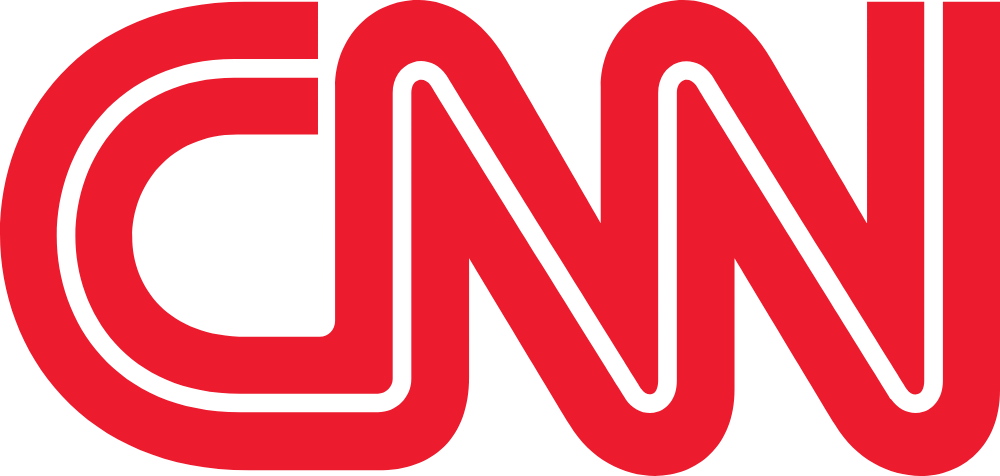Criminal Defense
new york penal law 165 71 trademark counterfeiting in the third
federallawy583
Legal Expert
3 min read
Updated: Sep 6, 2025
NY Penal Law 165.71 - Trademark Counterfeiting in the Third Degree
Uh oh, were you or someone you care about charged with trademark counterfeiting in the third degree under New York Penal Law 165.71? Yeah, I've been there. Getting busted for counterfeiting feels scary and overwhelming. But don't panic! This article will explain the law, penalties, and defenses so you understand your options.What is Trademark Counterfeiting in New York?
Trademark counterfeiting basically means knowingly manufacturing, selling or distributing goods using a fake, counterfeit trademark without permission. It violates both criminal law and trademark rights. There are several counterfeiting offenses under NY law. Third degree is the lowest level.What Does NY Penal Law 165.71 Trademark Counterfeiting 3rd Degree Mean?
To be guilty of third degree trademark counterfeiting, the prosecutor must prove:- You manufactured, distributed, sold or offered goods for sale
- The goods used a counterfeit trademark
- You acted with intent to deceive or defraud others
What Are the Penalties for Trademark Counterfeiting in NY?
The potential penalties for third degree trademark counterfeiting include:- Up to 1 year in jail
- Fines up to $1,000
- Probation up to 3 years
- Permanent criminal record
Are There Defenses to Trademark Counterfeiting Charges?
Yes, an experienced criminal defense lawyer can often get counterfeiting charges reduced or dismissed by arguing:- You did not know the trademark was counterfeit
- You lacked intent to deceive or defraud
- The items were not materially different from authentic goods
- You were falsely accused or set up
Can You Go to Jail for Trademark Counterfeiting in New York?
Yes, third degree trademark counterfeiting under NY Penal Law 165.71 is a Class A misdemeanor carrying up to 1 year in jail if convicted. Probation may be an option for those with no criminal history. But any conviction leads to a permanent criminal record that can seriously impact your future.What Should You Do if Facing Counterfeiting Charges?
If questioned by police or charged with trademark counterfeiting, experts recommend:- Remain silent and avoid self-incrimination
- Hire an experienced criminal defense lawyer immediately
- Follow all conditions of bail/pretrial release
- Save any evidence proving lawful intent
- Avoid social media posts about the case
Key Takeaways
Let's recap some key points about third degree trademark counterfeiting charges under NY Penal Law 165.71:- It's a Class A misdemeanor with possible jail time
- Lawyers can often raise doubts and beat the charges
- Any conviction leads to a permanent criminal record
- Remaining silent and hiring an attorney quickly is critical
As Featured In






Need Legal Assistance?
Get expert legal advice from Spodek Law Group's experienced attorneys.